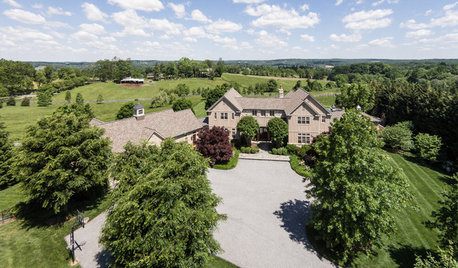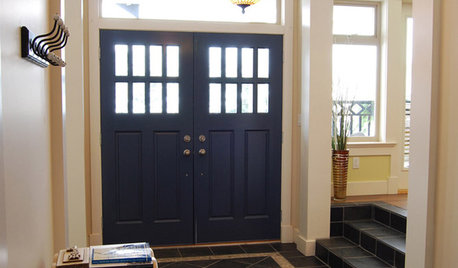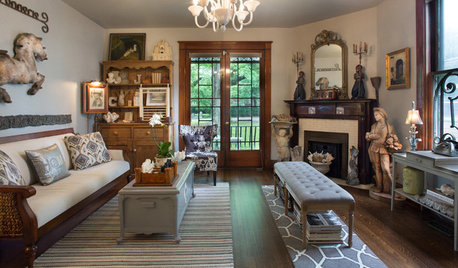Size of line for main service at 1400 ft
ramsey6557
12 years ago
Related Stories

GREEN BUILDINGHouzz Tour: See a Maine House With a $240 Annual Energy Bill
Airtight and powered by the sun, this energy-efficient home in a cold-winter climate is an architectural feat
Full Story
HOUZZ TOURSHouzz Tour: Vacation Cottage Defies a Stormy Coast
A couple revives an old stone hunting retreat in Maine, despite its being in a fearsome flood zone
Full Story
KITCHEN DESIGNStash It All: Know the 3 Zones of Kitchen Storage
Organize storage space around your kitchen’s main activities for easier cooking and flow
Full Story
SELLING YOUR HOUSESave Money on Home Staging and Still Sell Faster
Spend only where it matters on home staging to keep money in your pocket and buyers lined up
Full Story
VACATION HOMESHouzz Tour: 3 Small Buildings Maximize Nature Views
This Washington artist's island trio treads lightly on the land, opens up to water and forest vistas, and offers privacy
Full Story
HOME TECHThe Inevitable Future of Drones Around Your Home
As Google joins the push for airborne deliveries, it seems only a matter of time before neighborhoods are buzzing with drones. Is that OK?
Full Story
HOUZZ TOURSHouzz Tour: Bringing the Outdoors Inside on Bowen Island, B.C.
Custom-built farmhouse offers large, small reminders of surrounding nature
Full Story
REMODELING GUIDESWisdom to Help Your Relationship Survive a Remodel
Spend less time patching up partnerships and more time spackling and sanding with this insight from a Houzz remodeling survey
Full Story
HOUZZ TOURSHouzz Tour: Modern California Beach House
Generous windows, mountain views and an open floor plan bring spaciousness to a modest-size, ecofriendly coastal home
Full Story
HOUZZ TOURSMy Houzz: A Condo of Delightful Curiosities in Louisville
Gorgeous vintage finds and eclectic repurposed pieces shine in this dream renovated retirement home
Full StoryMore Discussions








weedmeister
ramsey6557Original Author
Related Professionals
Milford Plumbers · Auburn Kitchen & Bathroom Remodelers · Channahon Kitchen & Bathroom Remodelers · Idaho Falls Kitchen & Bathroom Remodelers · Luling Kitchen & Bathroom Remodelers · Martha Lake Kitchen & Bathroom Remodelers · Paducah Kitchen & Bathroom Remodelers · Roselle Kitchen & Bathroom Remodelers · Sicklerville Kitchen & Bathroom Remodelers · Spokane Kitchen & Bathroom Remodelers · Toms River Kitchen & Bathroom Remodelers · Vienna Kitchen & Bathroom Remodelers · Princeton Kitchen & Bathroom Remodelers · Shaker Heights Kitchen & Bathroom Remodelers · Wellesley Kitchen & Bath Fixtureszl700
ramsey6557Original Author
brickeyee
zl700
lazypup
zl700
lazypup
zl700
lazypup
zl700
lazypup
zl700